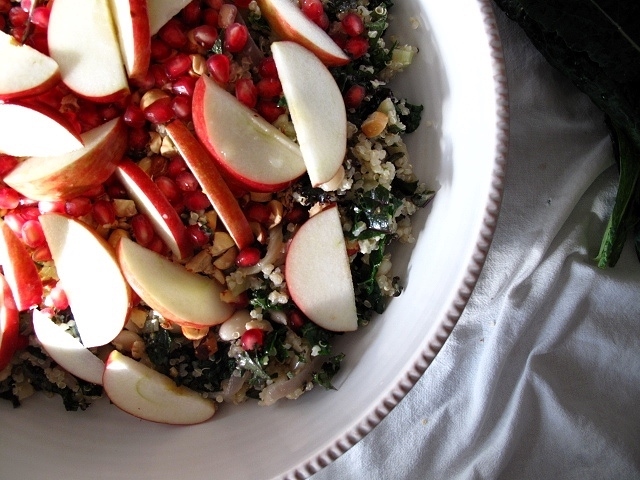
In the last couple weeks, I’ve had a strong inclination to be more mindful when shopping for food and to put more emphasis on supporting local growers, producers, and processors. Part of this, I think, stems from the recent fires here in the west, and several conversations about a warming climate and how we will have to adapt some of our food and/or growing conditions now and on into the future. I count myself very fortunate to live in an area of the world that is rich in agricultural and ecological diversity, and one in where a strong local food scene is thriving, but I also know the many hands that go into supporting the kind of community I want to live in, and how much consistent work it takes to advocate for a local food system–as well as the flip side of how we rely so much on the status quo with generally no thought to what will happen if… natural disaster, climate change, soil degradation and nutrient depletion, loss of community due to choosing mass-market businesses, etc.

On this topic I’m inspired lately by Andrea’s plan for a locally grown September, and her invitation for others to share in a similar challenge, which I’m structuring in my own way. If you’ve been reading long, or read back into the archives, you’ll know that for me, developing a connection to what is produced locally and in relationship with the producers in my community kick-started and supported me out of my disordered relationship to eating many years ago, and it’s this connection to place and community through food that always assists me when I begin to fall even a little back into old habits.
This salad came about because of my refocus on mindful consuming, using what I have grown and what’s produced nearby, while at the same time taking inspiration from Sara Forte’s Spanish chopped salad in her Bowl + Spoon cookbook.
Before I get there though, this article shares some of the conversations in California (and likely elsewhere) about long-term crop planning and climate change.
And this article, in which I’m interviewed, speaks a little to the impact of our dietary choices on our environment.
Enjoy, or just enjoy this salad. It’s a good one!

Hazelnut + Paprika Spanish Salad
1 small bunch kale, chopped
1 head romaine lettuce, chopped
3-4 cups arugula, torn into small pieces
2-3 green onions, finely diced
1 cup halved cherry tomatoes
1 small, diced apple
1-2 medium cucumbers, diced
1/2 cup cooked lentils
1/4 cup toasted hazelnuts, chopped
2-4 Tbs. parsley, minced
Hazelnut + Paprika Vinaigrette
1 clove garlic
3 Tbs. sherry or wine vinegar
3 Tbs. toasted hazelnuts
3/4 tsp. smoked paprika
2 tsp. honey
2 Tbs. parsley, minced
3 Tbs. extra virgin olive oil
1/2 tsp. sea salt
freshly ground black pepper, to taste
1-2 Tbs. water, to reach desired consistency
- Blend the vinaigrette ingredients until smooth in a food processor or blender. Add a little water at the end to thin, as necessary.
- Combine the salad ingredients in a large bowl. Drizzle atop 2/3 to 3/4 of the vinaigrette and toss to coat. Add a little more until you’ve reached your desired dressing level.
- Serve immediately, while nice and fresh!















